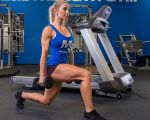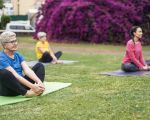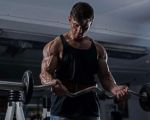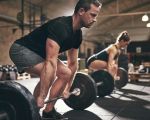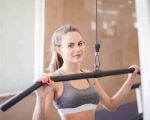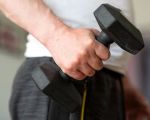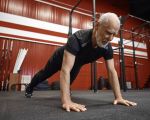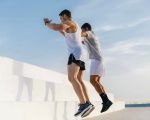- 1-Understanding-Your-Workout-Needs
- 2-Key-Features-to-Look-For
- 3-Importance-of-Fit-and-Comfort
- 4-Matching-Shoes-to-Workout-Types
- 5-Real-Life-Experiences-and-Stories
- 6-Where-to-Find-the-Best-Workout-Shoes
1. Understanding Your Workout Needs
Choosing the right workout shoes begins with understanding the specific demands of your exercise routine. Running, weightlifting, cross-training, and sports each require different shoe characteristics to provide adequate support, flexibility, and cushioning. Assessing your workout style ensures you select shoes that enhance your performance and reduce injury risk.
1.1 Evaluating Activity Intensity and Frequency
Consider how often and intensely you work out. Frequent high-impact activities like running demand durable shoes with superior shock absorption, while occasional gym sessions might allow for lighter, more flexible footwear.
2. Key Features to Look For in Workout Shoes
Not all shoes are created equal. Here are essential features to prioritize:
2.1 Cushioning and Support
Cushioning absorbs impact and protects joints. Look for midsoles made of EVA or gel for effective shock absorption, especially if you run or jump frequently.
2.2 Stability and Traction
A solid outsole with good grip prevents slips during dynamic movements. Stability features like a firm heel counter help maintain balance during lateral activities.
2.3 Breathability and Material
Mesh uppers enhance ventilation, keeping your feet cool and dry. Durable yet lightweight materials improve comfort without adding bulk.
3. Importance of Fit and Comfort
A proper fit is crucial for comfort and injury prevention. Shoes that are too tight can cause blisters, while loose shoes lead to instability.
3.1 Measuring Your Feet
Get your feet measured regularly as size can change. Try shoes on at the end of the day when feet are swollen to ensure proper fit.
3.2 Testing Fit and Flexibility
Walk and jog in the shoes to test fit. Your toes should have wiggle room, and the shoes should flex naturally with your foot’s movement.
4. Matching Shoes to Workout Types
Select shoes designed for your primary activity:
4.1 Running Shoes
Engineered for forward motion with cushioning and heel support to absorb impact.
4.2 Cross-Training Shoes
Versatile for various activities with lateral support and flexibility.
4.3 Weightlifting Shoes
Provide a firm, flat sole for stability during lifts.
5. Real-Life Experiences and Stories
Sarah, an avid runner, shared how switching to a shoe designed for her pronation type helped reduce knee pain and improved her race times. Meanwhile, James, a crossfit enthusiast, found that investing in durable cross-training shoes prevented frequent foot fatigue and enhanced his overall workout experience.
6. Where to Find the Best Workout Shoes
For a curated selection of top-quality workout shoes and expert advice, visit Fitness. Their platform offers personalized recommendations to help you find the perfect fit for your workout routine, combining performance, comfort, and style.
Choosing the right workout shoes is a crucial step toward maximizing your fitness potential while protecting your body. With informed decisions and trusted resources, you can confidently pick shoes that support your journey.

